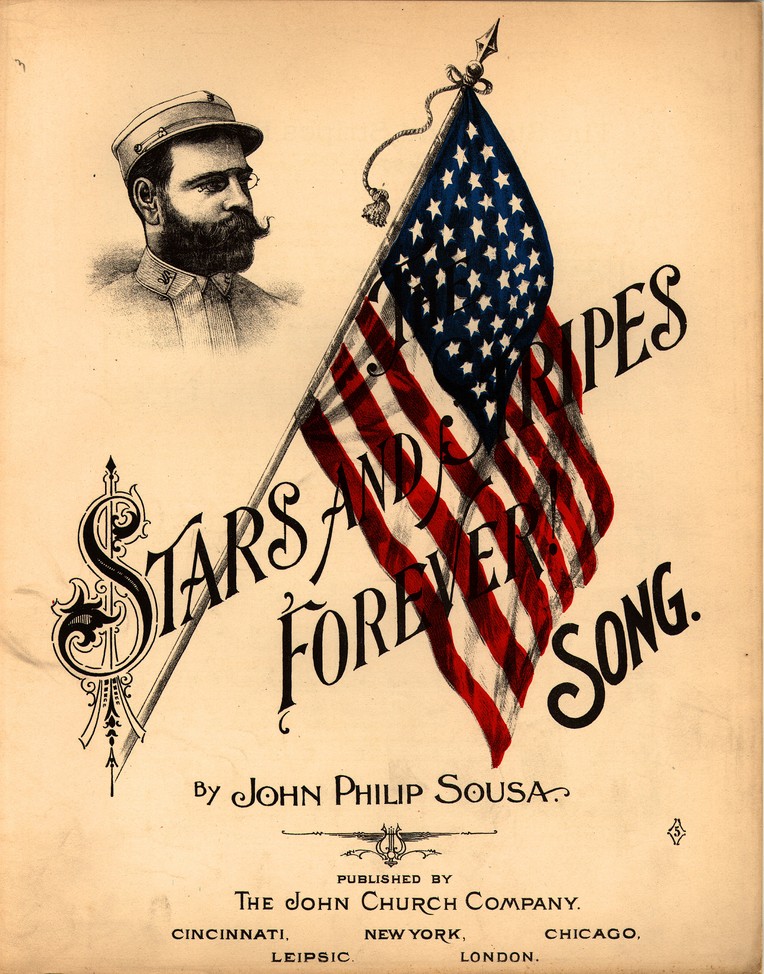Every year on the Fourth of July, Americans celebrate their country’s independence by singing timeless tunes written long ago. While some may know the motivation behind the songs, many do not know their history. Today, we’ll take three songs about the US of A and uncover how they came to be.
“1812 Overture” by Pyotr Ilyich Tchaikovsky is a song that the RPO plays every year on the Fourth. Tchaikovsky was commissioned to write a piece for the grand opening of a cathedral in Moscow which was built to celebrate Russia’s defense against Napoleon’s invading force in 1812. Tchaikovsky ended up finishing the piece only six weeks after he began writing it, in 1880, and actually ended up hating it. He later complained that he felt the piece lacked warmth and love and was simply very loud and noisy. The piece only recently became Independence Day repertory after Arthur Fielder, long time conductor of the Boston Pops Orchestra, decided to include the piece in their Fourth of July performance in 1974.
“Stars and Stripes Forever” by John Philip Sousa was dubbed the National March of the United States of America by a 1987 act of the U.S. Congress. According to his autobiography, Marching Along, Sousa composed the march on Christmas Day, 1896. He was on an ocean liner on his way home from a vacation with his wife in Europe. He had just received word of the unexpected death of his good friend and band manager, David Blakely. Sousa was pacing the deck to gather his thoughts when the music came to him. He composed the march in his head and committed the notes to paper once he arrived back home in the United States. Sousa had also written his own lyrics to the piece, although it is more often played as the instrumental rendition. The march was an immediate success, and Sousa’s band played it at almost every concert until his death 35 years later.
Reverend Samuel Francis Smith wrote the words to “My Country ‘Tis of Thee” (also known as “America”), but the origin of the song's melody remains a mystery. Many Americans and Brits alike know that the song shares a melody with the national anthem of Great Britain, “God Save The Queen”. The family of Henry Carey, a British singer-composer, claimed that he was the first to compose both the lyrics and the music as “God Save Great George the King” in 1740. Historians, however, claim that the tune was previously sourced from English composer John Bull, the French court composer Jean-Baptiste Lully, and even a military hymn from Switzerland. Regardless of its mysterious origin, the tune was officially published in 1744 in England in a tune book called Thesaurus Musicus.
The lyrics evolved over time throughout the early 1800s, and the words that eventually became the tradition were written by Reverend Smith while he was studying at Andover Theological Seminary in 1831. As it is known today, the song, “My Country ‘Tis of Thee” was debuted by popular organist and composer Lowell Mason on July 4, 1831, at a children's service at the Park Street Church in Boston, Massachusetts.
Hopefully this look inside three popular Independence Day tunes has filled you with some insight into the spirit of the music. Cannons or no cannons, your Rochester Philharmonic Orchestra wishes you, your family, and your friends a safe and happy July 4th. Let freedom ring!


2 comments:
Interesting history! Thanks for sharing!! :0)
I happened to be lucky that my friend couldn't find a date for an event so he generously took me with him, which happened to be one of the best experience for me in recent times. I was lucky enough to see this event venue. If you get a chance to check this out please do so.
Post a Comment